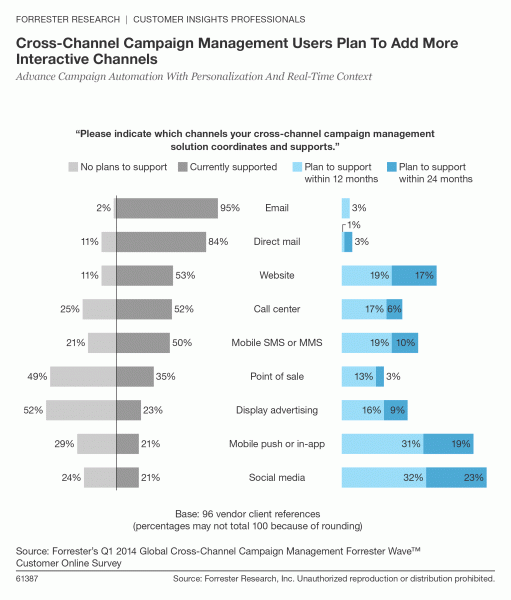The reports of my death are greatly exaggerated.
Apologies to those purists who recognize this post’s title as a misquote of Mark Twain. In this case I’m not referring to myself, Samuel Langhorne Clemens, or indeed any human being, so I’ve gone with the more popular expression. Instead, I’m talking about campaigns – you know, those marketing tactics declared dead by many, but which brands continue to leverage for cross-channel communications. Back in February, Forrester’s Tracy Stokes used a similar analogy in her excellent post “Digital Marketing is Dead; Long Live Post-Digital Marketing: What It Means for CMOs.”
I’m resurrecting the theme because campaign management is alive and well. That being said, Customer Insights (CI) professionals now approach campaigns much differently than in the past. Smart marketers know they must engage their customers with contextually relevant content that sparks an interaction cycle and provides utility while creating a value exchange. Orchestrated appropriately, campaign management can be a key enabler for post-digital marketing.
To determine how campaign managers are coping with such a fundamental shift in marketing strategy, we surveyed 96 reference clients supplied by the nine vendors featured in the Forrester Wave™ for Cross-Channel Campaign Management, Q3 2014, authored by our own Jason McNellis. With one-third of survey respondents using the same vendor’s technology for more than five years, these users are experts at getting the most out of their campaign tools while witnessing the evolution of the market first-hand. We’ve compiled their feedback in our benchmark report on how to Advance Campaign Automation With Personalization And Real-Time Context.
While pushing their respective vendors to deliver new features more quickly – such as user experience improvements and advanced analytics for optimization or the measurement of increasingly complex campaigns – users are leveraging campaign management tools to improve marketing return on investment. They told us they are much more focused on increasing customer life-time value (45%), cross- and up-sell revenue (43%), and customer retention (30%), as opposed to new customer acquisition (23%).
And what of the future? The biggest campaign management challenges involve – not surprisingly – coordinating real-time personalization across channels based on customer context. While campaign managers strive to meet these challenges, the post-digital era dictates that they define the contextual connection, connect with customers through an emotional action, and communicate the connected story across the best channels. Perhaps that’s why campaign managers expect that social and mobile channels will see the most growth during the next two years (see below). And they are not alone. Forrester predicts that, “Social media and gamification will move center stage in the banking industry's application planning in 2015, fulfilling their as yet untapped potential to win, serve, and retain customers,” and there are similar trends across other verticals like insurance, retail, travel and hospitality.

So, what does it mean? CI pros need to stipulate technology roadmap support for interactive channels as part of requests for proposal (RFPs). While campaign management automation evolves, it is also necessary to build the foundation for contextual marketing. Again, I invite you to see what other users are saying in our 2014 benchmark report. And, as always, feel free to send me an email or set up an inquiry to discuss the marketing technology landscape. If you are considering enterprise marketing software investments and want to discuss priorities, challenges or vendor capabilities, we’re here to help.
